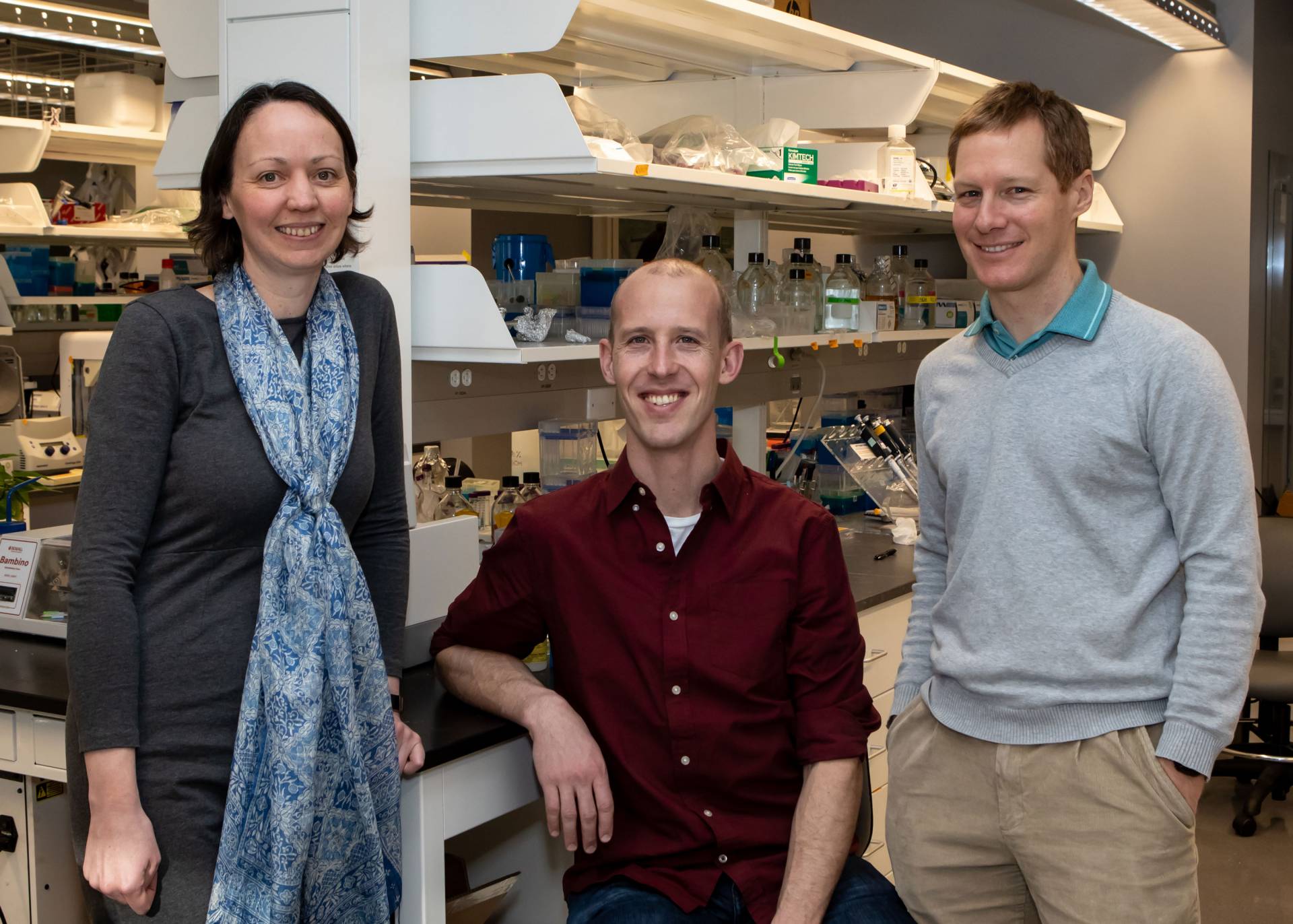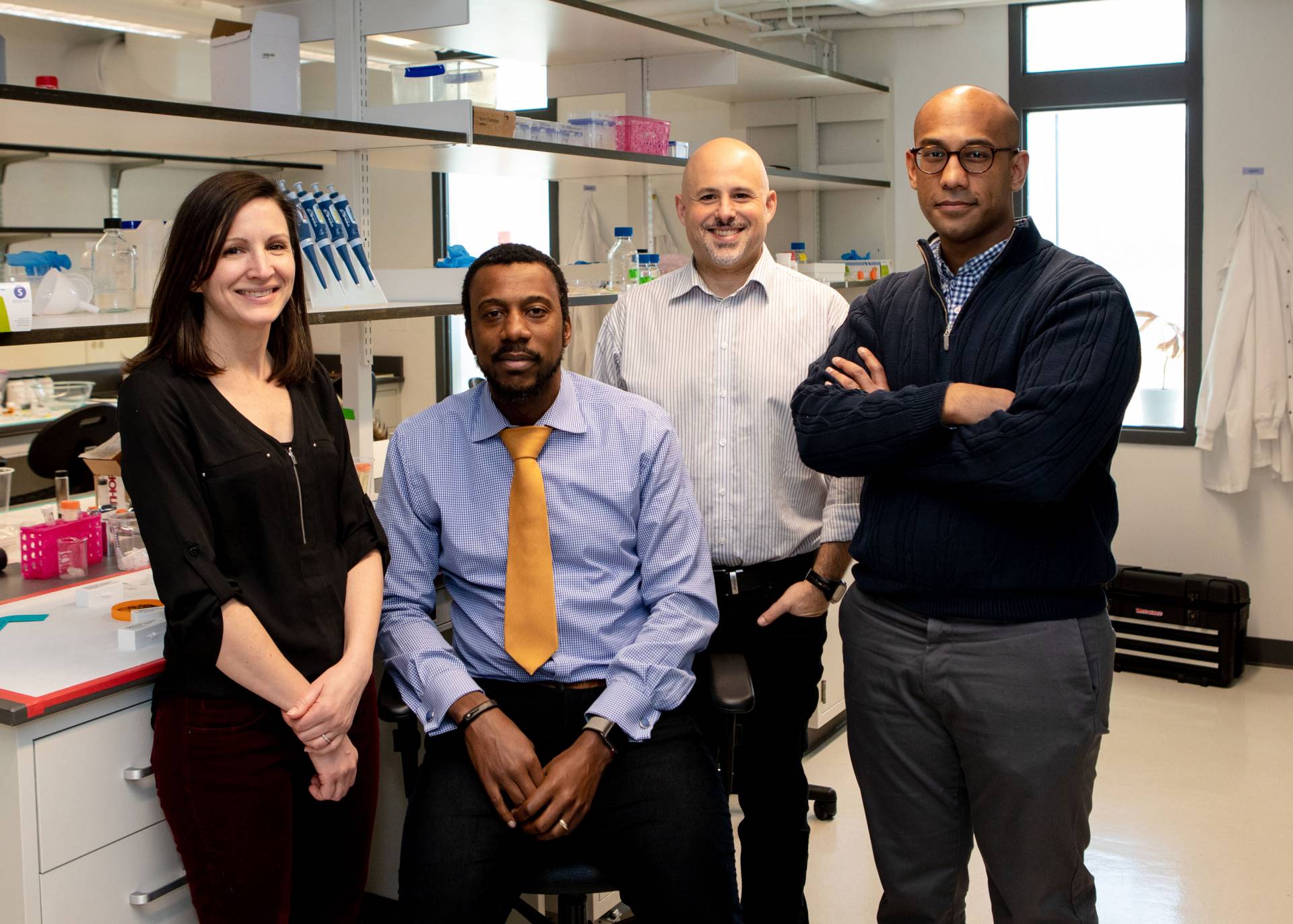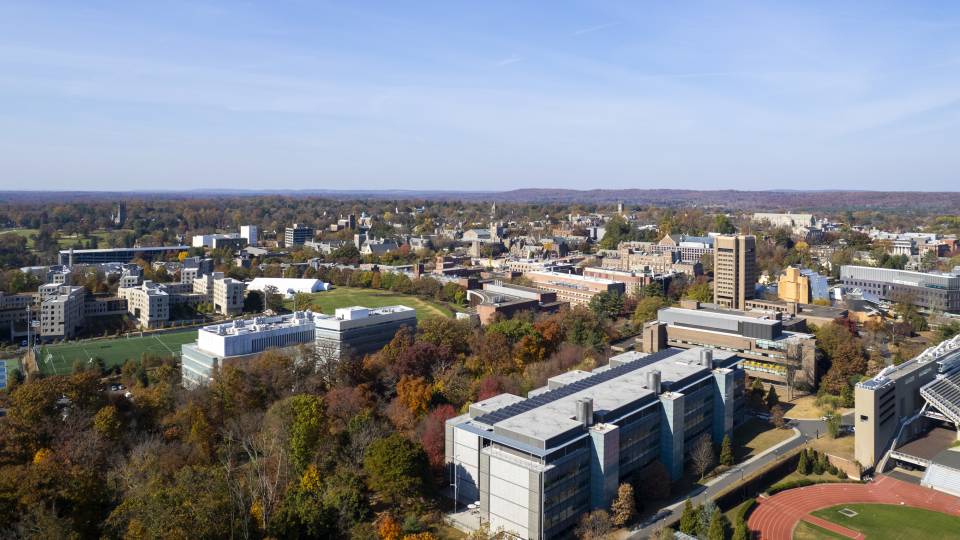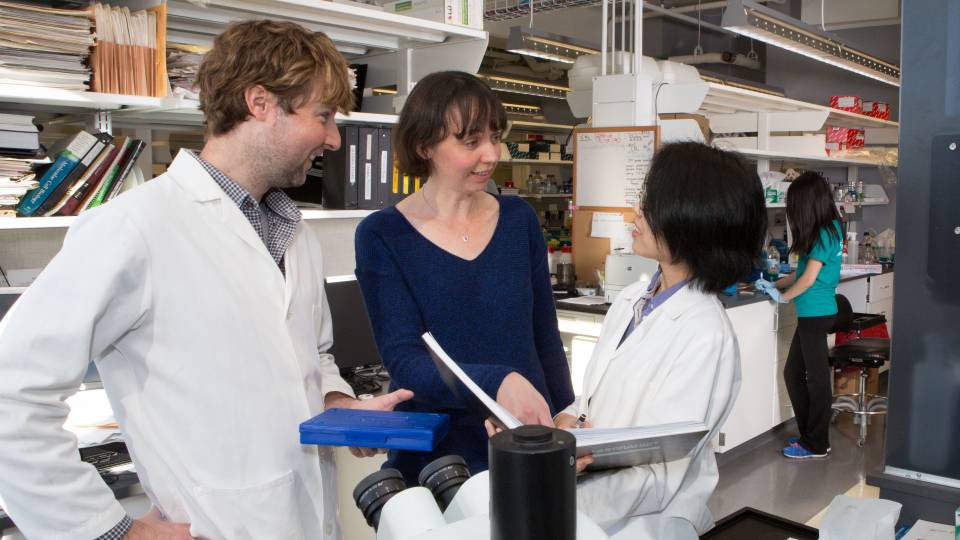Two research initiatives that aspire to engineer new biomaterials for unmet medical and research needs have been awarded funding through the Eric and Wendy Schmidt Transformative Technology Fund.
The awards will go to cross-disciplinary teams in biology and engineering that aim to use 3D printing to revolutionize biomedical technologies. One team plans to innovate the printing of artificial organs — such as the lungs, kidney and pancreas — based on a new understanding of how the body builds these organs during development. The other research group seeks to print lifelike artificial skin for wound repair, disease treatment, cosmetic applications and research on aging.
Established in 2009 to catalyze far-reaching innovations that have the potential to transform an area of science or engineering, the Eric and Wendy Schmidt Transformative Technology Fund supports highly promising initiatives selected each year through a peer-review process. Eric Schmidt is a 1976 Princeton undergraduate alumnus in electrical engineering and the former executive chairman of Google and its parent company Alphabet.
"Both of this year's selected teams bring together expertise from biology and engineering to solve complex problems that neither discipline can address entirely on its own," said Pablo Debenedetti, dean for research, the Class of 1950 Professor in Engineering and Applied Science, and a professor of chemical and biological engineering. "I am extremely pleased that, through the Schmidt fund, Princeton is able to support research endeavors with the potential to make profound impacts on some of the greatest bioengineering challenges facing us today."

From left: Celeste Nelson, professor of chemical and biological engineering; Jared Toettcher, assistant professor of molecular biology; and Andrej Kosmrlj, assistant professor of mechanical and aerospace engineering.
A new approach to bioprinting organs, inspired by a stress ball
The first project aims to transform the creation of artificial organs using lessons learned from the squishy balls we squeeze to reduce stress. The project could serve as a research platform for further studies and may eventually lead to 3D printing of replacement organs.
The approach was inspired by the observation that squeezing a "stress ball" — an elastic ball covered with mesh — causes the surface of the ball to bulge out into bubble-like sacs that resemble the detailed structures found in the lung, kidney and other organs. The researchers are building on the observation that, during embryonic development, a mesh of interconnected muscle tightens around specific regions of the organ surface to create such structures.
The team will build a 3D-printing technology that can deposit muscle cells and supporting tissues in the precise orientations necessary to create the conditions for making new organs. The researchers will control the contractions of the printed muscles using optogenetics, in which light turns on genes to make proteins that cause the contraction of muscles to build artificial organs.
The cross-disciplinary team brings together biologists and engineers with a range of backgrounds. Celeste Nelson, professor of chemical and biological engineering and the project's principal investigator, is a leader in the study of how organs form. Jared Toettcher, assistant professor of molecular biology, has pioneered optogenetic methods to control muscle cells, and Andrej Kosmrlj, assistant professor of mechanical and aerospace engineering, brings expertise in mechanical modeling.

From left: Danelle Devenport, associate professor of molecular biology; Rodney Priestley, associate professor of chemical and biological engineering; Zemer Gitai, the Edwin Grant Conklin Professor of Biology; and Sujit Datta, assistant professor of chemical and biological engineering.
A 3D printing platform for lifelike artificial skin
The second project seeks to build artificial living skin for wound healing and therapies as well as cosmetic and research needs. By pioneering techniques in 3D bioprinting, the team plans to create lifelike skin containing the same mechanical properties, cell types and beneficial bacteria found in human skin.
The team will build a platform that can print skin cells, microbes, chemical release agents and a polymer matrix within a self-healing material composed of biocompatible hydrogel particles. Unlike existing approaches that constrain the activities of cells, this environment will permit cells to migrate, grow and self-organize. Because the hydrogel medium is clear, the team will be able to see into the skin to study processes such as aging.
The team brings together faculty with various expertise relevant to understanding the skin. Danelle Devenport, associate professor of molecular biology, studies the self-organization of skin cells. Zemer Gitai, the Edwin Grant Conklin Professor of Biology and professor of molecular biology, is an expert in bacterial cell biology. Sujit Datta, assistant professor of chemical and biological engineering, has developed an approach for printing 3D cellular communities and using self-healing materials, and Rodney Priestley, associate professor of chemical and biological engineering, has the expertise to synthesize biocompatible materials while controlling their mechanical properties.






